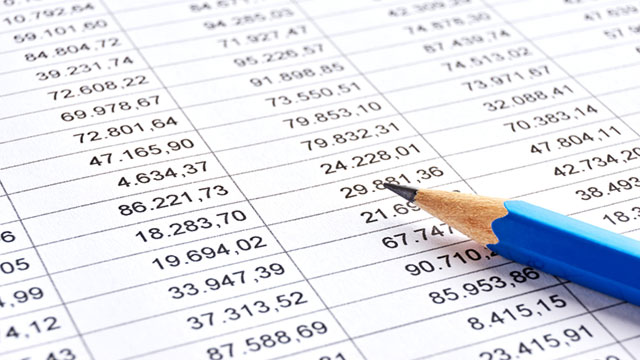 Credit: iStock
Credit: iStock
Recording laboratory data by hand is more than just mind-numbingly boring. Manual transcription of multi-digit balance readings is a significant source of errors which, when introduced early, can change the outcome of an experiment or process. Hence the emergence, evolution, and coalescence of laboratory data products like laboratory information management systems (LIMS, which are sample-centric) and electronic laboratory notebooks (ELNs, process-centered).
Major instrument makers provide software for linking a lab’s spectrometers, chromatographs, and high stickerprice process equipment with enterprise- or laboratory-level information systems. Lab peripherals like rotary evaporators, dryers, and balances were the last pieces to join the networked ecosystem, which they are now doing to great benefit through the elimination of drudgery and transcription errors.
Today, almost every lab captures weighing data as it is generated, without operators as much as touching pen, paper, or electronic device (other than the instrument’s keypad). In regulated environments, particularly pharmaceutical and biotech service laboratories operating under “Good-X-Practices” (GLP for labs, GMPs for production), adherence to relevant FDA regulations is a must.
At its most basic, lab balance software automates routine, repetitive operations like taring and calibration, while flawlessly copying, storing, and retrieving numbers that stretch to five or six significant figures.
In a review of weighing automation and data acquisition, METTLER TOLEDO (Columbus, OH) discusses the data processing hierarchy as it relates to balances, emphasizing the company’s LabX software. LabX covers the aforementioned “peripheral” instruments that LIMS or ELN developers may have overlooked, like balances, pH meters, titrators, and densitometers. It provides the usual advantages of scalability, security, and elimination of human error but the applicability of LabX to balances outside the METTLER TOLEDO product line is unknown.
Laboratories with LIMS, ELNs, enterprise- or operation-level software already in place need not worry about ever missing a significant figure. LIMS/ELN and leading balance companies have already done the grunt work for you, providing more or less plug-and-play capability.
Related Infographic: Balance Best Practices
However, academic or small labs with lots of weighing to do but which have not yet taken (or are unlikely ever to take) the plunge into scientific data management systems are not without recourse, as several vendors sell data software specifically for balances.
For example, Adam Equipment (Oxford, CT) offers AdamDU Data Collection software, which collects data from up to eight of the company’s balances. AdamDU interfaces with more-encompassing data systems or works as a standalone program, feeding data into familiar office programs.
An older article on do-it-yourself solutions suggests that someone with modest information technology skills can exploit the communications interfaces built into modern balances and computers to achieve automated data capture directly into an Excel spreadsheet. More recently, Progressive Scale & Software Solutions (Bethel, CT) introduced Soft Indicator 3.78 Scale Software, a configurable balance data collection system that works with any streaming bidirectional RS-232 indicator or balance. Data are exported into Excel or Microsoft Access.
Some labs with very specific data acquisition needs limited to balances might also consider one of the many cloud-based LIMS, ELN, or hybrid products. I know, you’re thinking “but I don’t need a LIMS or an ELN, and I have neither the time nor the money for that kind of project.” If that is your feeling, think again.
Sales staff at every LIMS/ELN company will try their best to convince you that you’re wrong, that data integrity for all your workflows is your most valuable asset, and that you will undoubtedly find other instruments and processes (aside from weighing) that can benefit. They’re right, of course. What they don’t always advertise up front is that their systems are modular, with the capability of adding or removing instruments and workflows as needed. Are these systems worth deploying, from either the vendor’s or customer’s perspective, only for weighing? The only way to know for sure is to ask.









